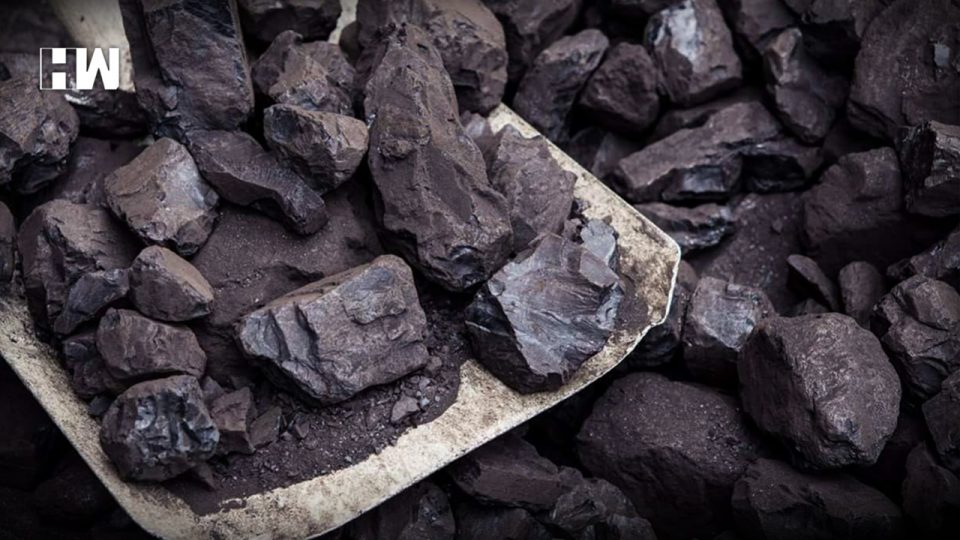Geneva | Coal-fired power plants in India take the highest toll in the world when it comes to health, according to a study of global emission hotspots which found that China and the US are the largest producers of coal power.
Coal power generation is a primary cause of greenhouse gas (GHG) and toxic airborne emissions globally, said researchers from ETH Zurich in Switzerland.
Coal burning not only produces carbon dioxide, which contributes to global warming but also releases particulate matter, sulphur dioxide, nitrogen oxide and mercury — thus damaging the health of many people around the world.
To estimate where the action is most urgently required, the researchers modelled and calculated the undesired side effects of coal power for each of the 7,861 power plant units in the world.
The results, published in the journal Nature Sustainability, show that China and the US are the two largest producers of coal power, but power plants in India take the highest toll in the world when it comes to health.
Central Europe, North America and China all have modern power plants, but Eastern Europe, Russia and India still have many older power plants equipped with insufficient flue gas treatment, said Stefanie Hellweg from ETH Zurich’s Institute of Environmental Engineering, who led the study.
As a result, these power plants only remove a fraction of the pollutants — while also often burning coal of inferior quality.
“More than half of the health effects can be traced back to just one-tenth of the power plants. These power plants should be upgraded or shut down as quickly as possible,” said Christopher Oberschelp, the lead author of the study.
The global picture of coal power production shows that the gap between privileged and disadvantaged regions is widening. This is happening for two reasons.
Firstly, wealthy countries — such as in Europe — import high-quality coal with a high calorific value and low emissions of harmful sulphur dioxide.
The poorer coal-exporting countries such as Indonesia, Colombia and South Africa are left with low-quality coal, which they often burn in outdated power plants without modern flue gas treatment to remove the sulphur dioxide.
“In Europe, we contribute to global warming with our own power plants, which has a global impact. However, the local health damage caused by particulate matter, sulphur dioxide and nitrogen oxide occur mainly in Asia, where coal power is used to manufacture a large proportion of our consumer products,” said Oberschelp.
“Global coal resources will last for several hundred years, so the harmful emissions need to be limited politically. It is particularly important to leave coal that is high in mercury and sulphur content in the ground,” said Oberschelp.
Researchers said reducing the negative health effects of coal power generation should be a global priority.
“But further industrialisation, especially in China and India, poses the risk of aggravating the situation instead,” they said.
The initial investment costs for the construction of a coal power plant are high, but the subsequent operating costs are low. Power plant operators thus have an economic interest in keeping their plants running for a long time, according to researchers.
“The best option is, therefore, to not build any new coal power plants. From a health and environment perspective, we should move away from coal and towards natural gas — and in the long term, towards renewable energy sources,” said Oberschelp.
Researchers said methane emissions from underground coal mining offset Chinese coal power plant efficiency advantages in comparison to India.
Health impacts, as quantified by regionalised life cycle assessment, are highest in India and parts of eastern and southeastern Europe due to lack of modern flue gas treatment, and in China due to widespread coal power generation.
“Deployment of state-of-the-art flue gas treatment, driven by local emission limits, can mitigate health impacts in India and parts of Europe while it is already largely used in China and the US,” researchers said.
“Phase-out of the 10 per cent most polluting coal power plants (by capacity) would reduce coal power GHG emissions by 16 per cent or human health impacts by 64 per cent, respectively,” they said.
As an independent media platform, we do not take advertisements from governments and corporate houses. It is you, our readers, who have supported us on our journey to do honest and unbiased journalism. Please contribute, so that we can continue to do the same in future.

